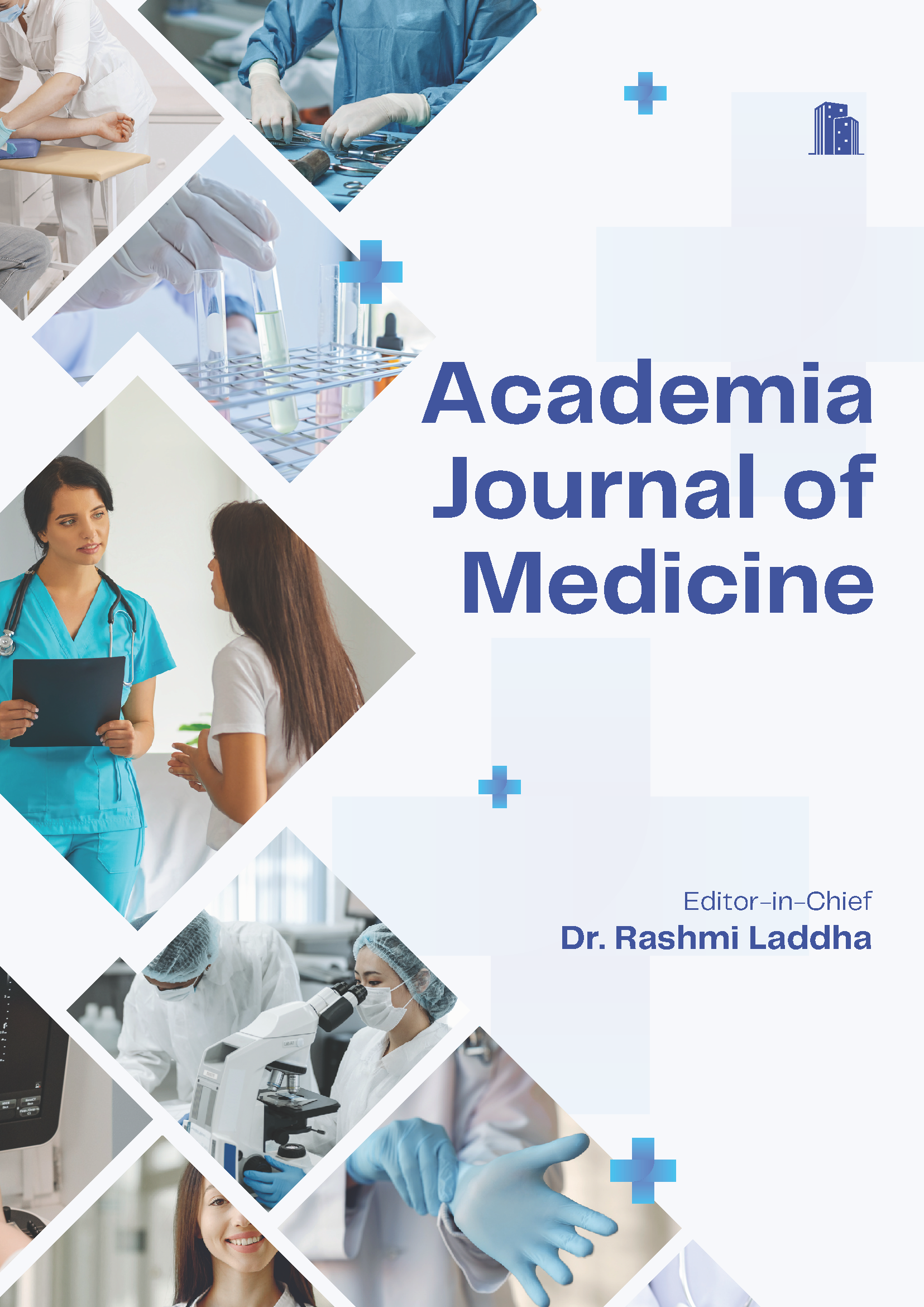Comparison of Dental Defects in Oval Root Canals Prepared with Two Distinct End odontic Rotary Files: An In Vitro Analysis
DOI:
https://doi.org/10.48165/vdcmp560Keywords:
Dentinal Defects, Rotary Files, SEMAbstract
Aim: This study aims to investigate and compare the occurrence of dentinal fractures during root canal preparation using a scanning electron microscope (SEM). Materials and Methods: Thirty extracted human mandibular premolars were divided into three groups of ten: two experimental groups and one control group. In the experimental groups, root canals were shaped using Group I: the Waldent Walflex file and Group II: the Trunatomy (TRN) file. Group III served as the control group with no canal preparation. After sectioning the roots at 3, 6, and 9 mm from the apex, the surfaces were analyzed using SEM. Results: Data were analyzed using the Chi-square test. The untreated control group (Group III) showed no signs of cracks. Dentinal cracks were primarily observed in the Waldent Walflex group, particularly between the 3 mm and 6 mm intervals. Conclusion: The study highlights that dentinal cracks are more pronounced with the Waldent Walflex file. These findings underscore the need for careful selection of endodontic instruments to minimize the risk of dentinal defects during root canal procedures. Further research is warranted to explore the long-term implications of these findings on treatment outcomes.
References
Mehta D, Coleman A, Lessani M. Success and failure of endodontic treatment: predictability, complications, challenges and maintenance. Br Dent J. 2025 Apr;238(7):527-535.
Branawal HC, Mittal N, Rani P, Ayubi A, Samad S. Comparison of Dentinal Defects Induced by Rotary, Reciprocating, and Hand Files in Oval Shaped Root Canal - An In-Vitro Study. Indian J Dent Res. 2023 Oct 1;34(4):433-437.
Witwit A, Albazzaz M, Zidane B. Impact of Different Nickel-titanium Instruments on Apical Micro-cracks Formation and Residual Amount of Root Canal Filling Materials Following Retreatment Procedure. Eur Endod J. 2025 Sep;10(5):420-431.
Tejaswi S, Singh A, Manglekar S, Ambikathanaya UK, Shetty S. Evaluation of dentinal crack propagation, amount of gutta percha remaining and time required during removal of gutta percha using two different rotary instruments and hand instruments - An in vitro study. Niger J Clin Pract. 2022 Apr;25(4):524-530.
Branawal HC, Mittal N, Rani P, Ayubi A, Samad S. Comparison of Dentinal Defects Induced by Rotary, Reciprocating, and Hand Files in Oval Shaped Root Canal - An In-Vitro Study. Indian J Dent Res. 2023 Oct 1;34(4):433-437.
. Yoldas O, Yilmaz S, Atakan G, Kuden C, Kasan Z. Dentinal microcrack formation during root canal preparations by different niti rotary instruments and the self-adjusting file. J Endod. 2012;38:232-5.
Rahman H, Chandra A, Singh S. In vitro evaluation of dentinal microcrack formation during root canal preparations by different niti systems. Indian J Restor Dent. 2014;3:43-7.
Çitak M, Özyürek T. Effect of different nickel-titanium rotary files on dentinal crack formation during retreatment procedure. J Dent Res Dent Clin Dent Prospects. 2017 Spring;11(2):90-95.
Verma S, Kaushik N, Nagamaheshwari M, Mehra X, Prasad N, Karthik L. Effect of three different rotary file systems on dentinal crack formation – A stereomicroscopic analysis. Endodontology. 2020;32(4):220-224.
Arora DK, Singha A, Gaafar SS, Parmar N, Kankriya P, Sahoo N, Patadiya HH. The Effect of Different File Motions on the Formation of Apical Debris During Root Canal Preparation. J Pharm Bioallied Sci. 2025 Jun;17(Suppl 2):S1128-S1130.

